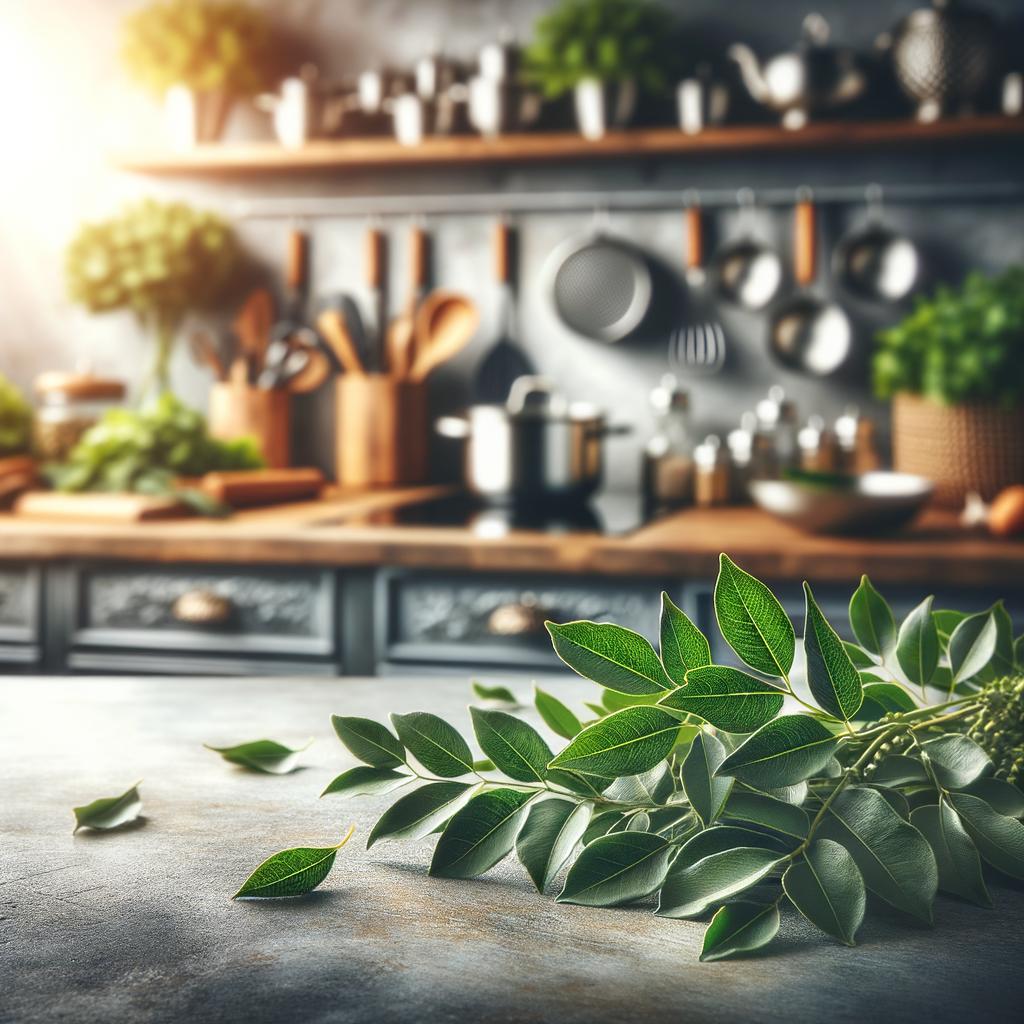Curry Leaves

Description
Curry leaves, known scientifically as Murraya koenigii, are a staple in many Asian kitchens, particularly in Indian, Sri Lankan, and Malaysian cuisines. Their glossy, dark green leaves are vibrant and teardrop-shaped, emanating a unique, aromatic fragrance that is both refreshing and warm. The texture is soft yet slightly fibrous, and the flavor profile is robust, with a subtly sweet undertone that is complemented by a distinct, slightly bitter, and citrusy tang. What sets curry leaves apart from other herbs is their ability to retain their flavor even when cooked, making them a versatile ingredient in a variety of dishes.
Primary Uses
Curry leaves are commonly used in cooking to infuse dishes with a deep, rich aroma and flavor. They are a key component in a range of dishes, from savory curries, soups, and dals to flavorful rice dishes and even some sweet treats. In addition to their culinary uses, curry leaves are also known for their medicinal properties. They are believed to aid in digestion, improve eyesight, and have antioxidant properties. In certain cultures, they are also used in religious rituals and ceremonies.
History
The history of curry leaves is as rich and vibrant as their flavor. Native to the Indian subcontinent, they have been used in cooking for thousands of years. Ancient Ayurvedic texts mention the use of curry leaves for their healing properties, and they have been a symbol of hospitality in Indian culture. Over time, the use of curry leaves spread to other parts of Asia and the world, gaining popularity for their unique flavor and health benefits. There are many folktales associated with curry leaves; one such story from India tells of a king who was cured of a snakebite by a clever physician using curry leaves.
Nutritional Information
Nutritionally, curry leaves are a powerhouse. They are rich in essential nutrients like calcium, phosphorous, iron, and vitamins A, B, C, and E. They also contain various types of antioxidants, which can help protect the body from harmful free radicals. The presence of fiber aids in digestion, while the iron content can help combat anemia. Compared to similar herbs, curry leaves have a more comprehensive nutritional profile, with a wider range of vitamins and minerals. However, as with any ingredient, moderation is key to avoid any potential risks associated with overconsumption.

